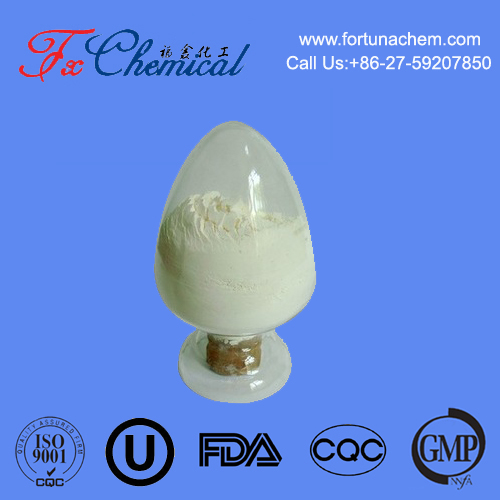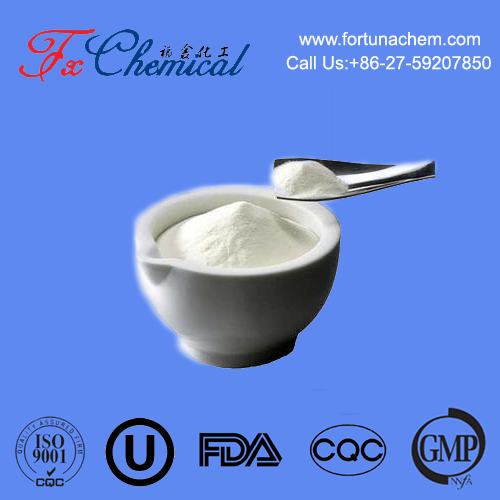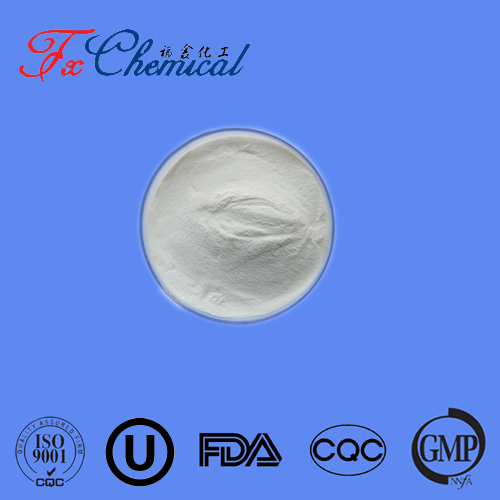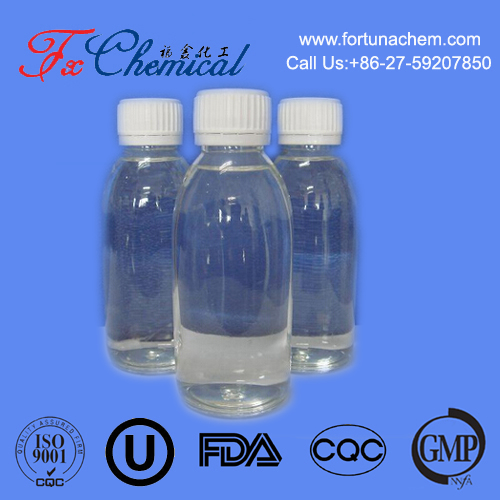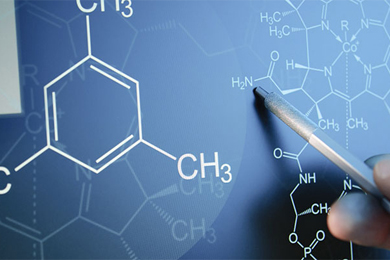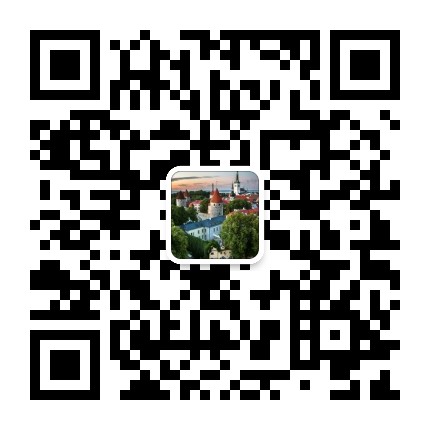
Search

Search

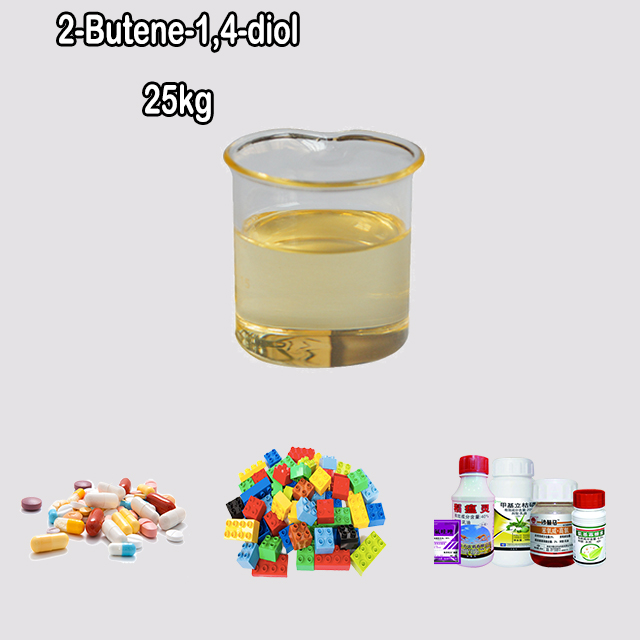
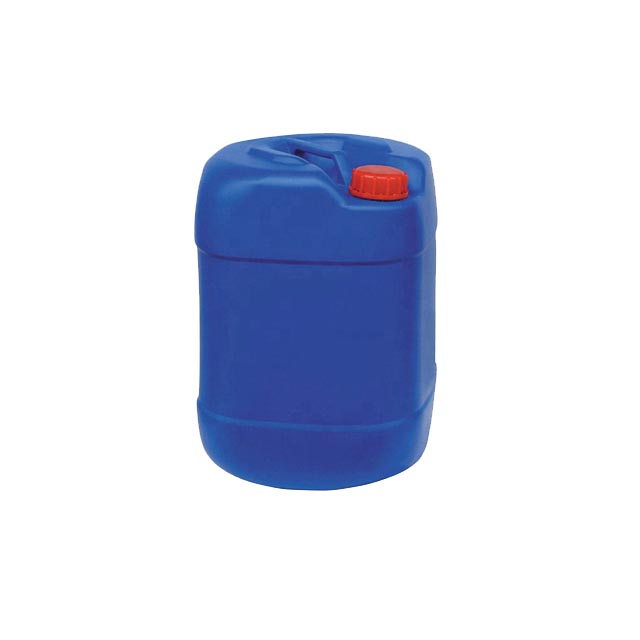
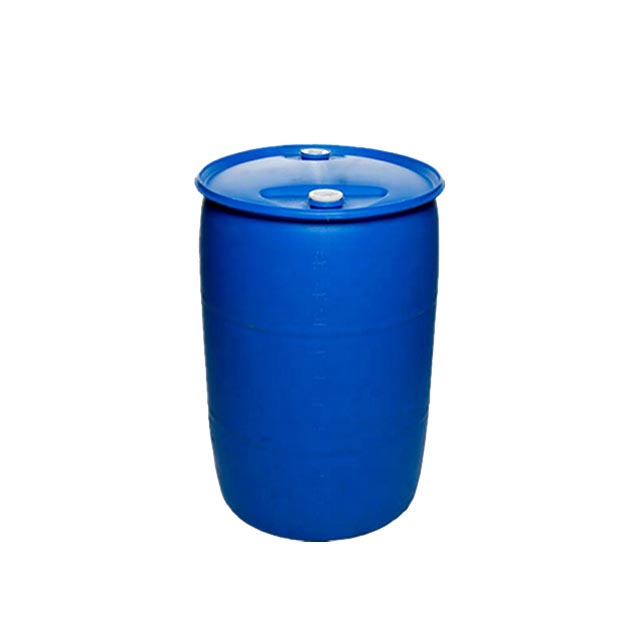
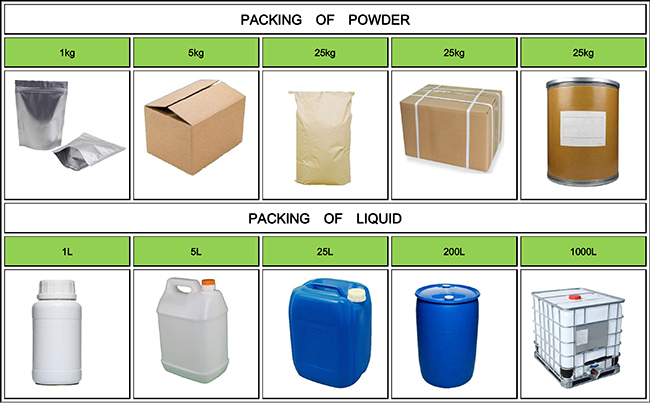
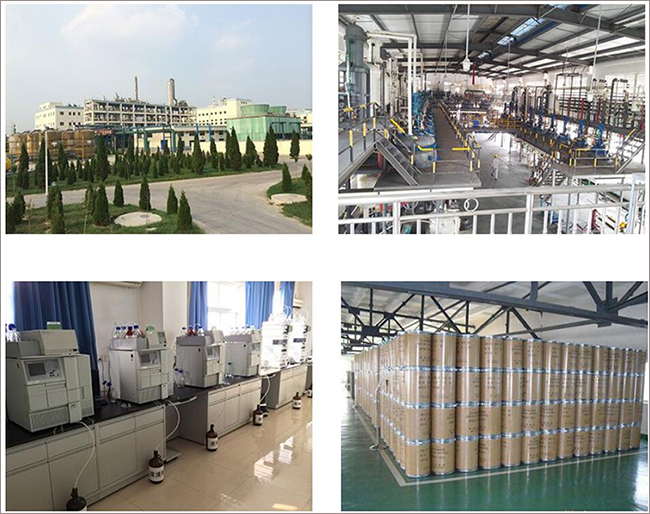





2-Butene-1,4-diol (C₄H₈O₂) is a diol (two hydroxyl groups) with a conjugated double bond between carbons 2 and 3. Its structure, HOCH₂–CH=CH–CH₂OH, allows for cis (Z) and trans (E) stereoisomers. A reactive compound, it undergoes addition reactions (e.g., hydrogenation to 1,4-butanediol) and esterification. Primarily used in polymer production (polyesters, polyurethanes) and as a precursor for specialty chemicals, it also shows potential in electrolytes for batteries. Soluble in water and polar solvents, it is flammable and a skin/eye irritant. Its conjugated system and dual hydroxyl groups make it valuable in materials science and organic synthesis.
2-Butene-1,4-diol is an organic compound with the molecular formula C₄H₈O₂. Below is a detailed breakdown of its properties, structure, synthesis, and applications:
IUPAC Name: (2E)-but-2-ene-1,4-diol or (2Z)-but-2-ene-1,4-diol (depending on stereochemistry).
Structure:
Example Structure:
Four-carbon chain with hydroxyl (-OH) groups on the first (C1) and fourth (C4) carbons.
A double bond between the second (C2) and third (C3) carbons.
Exists as cis (Z) or trans (E) isomers due to the double bond.
Physical State: Typically a viscous liquid or low-melting solid.
Solubility: Soluble in water and polar solvents due to hydroxyl groups.
Reactivity:
Hydroxyl groups: Participate in esterification, etherification, and oxidation.
Double bond: Undergoes addition reactions (e.g., hydrogenation to form 1,4-butanediol).
Common routes include:
Hydration of 2-Butyne: Catalyzed by acid or base to introduce hydroxyl groups.
Reduction of Maleic Acid Derivatives: Using reducing agents like sodium borohydride.
Biochemical Pathways: Some bacteria produce similar diols via fermentation.
Polymer Industry:
Monomer: For synthesizing polyesters, polyurethanes, or resins.
Crosslinker: Enhances durability in coatings/adhesives.
Organic Synthesis:
Intermediate for pharmaceuticals, agrochemicals, or specialty chemicals.
Electrolytes: Potential use in lithium-ion batteries due to its polarity.
Hazards:
Irritant to skin/eyes.
Flammable (flash point varies by isomer).
Precautions: Use PPE (gloves, goggles) and work in well-ventilated areas.
The cis (Z) and trans (E) isomers differ in:
Physical properties (melting point, solubility).
Reactivity in stereospecific reactions.
2-Butene-1,4-diol has a double bond, making it more reactive than 1,4-butanediol (a saturated diol).
A niche chemical with applications in advanced materials and green chemistry (e.g., biodegradable polymers).
For specific data (e.g., CAS number, boiling point), consult technical databases like PubChem or chemical suppliers' SDS.
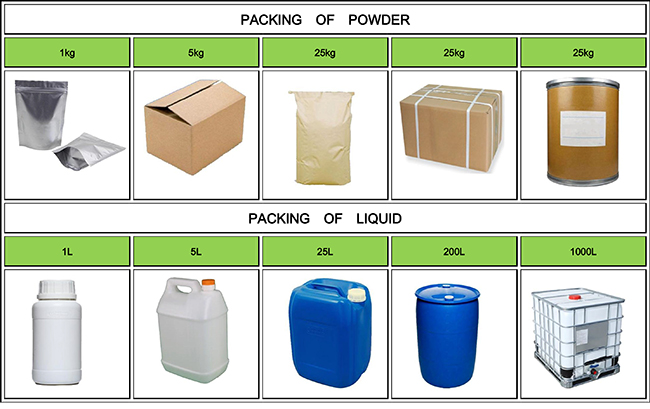
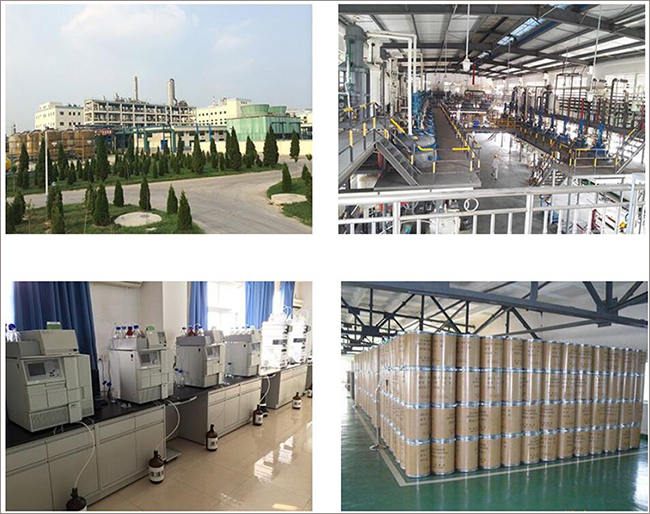
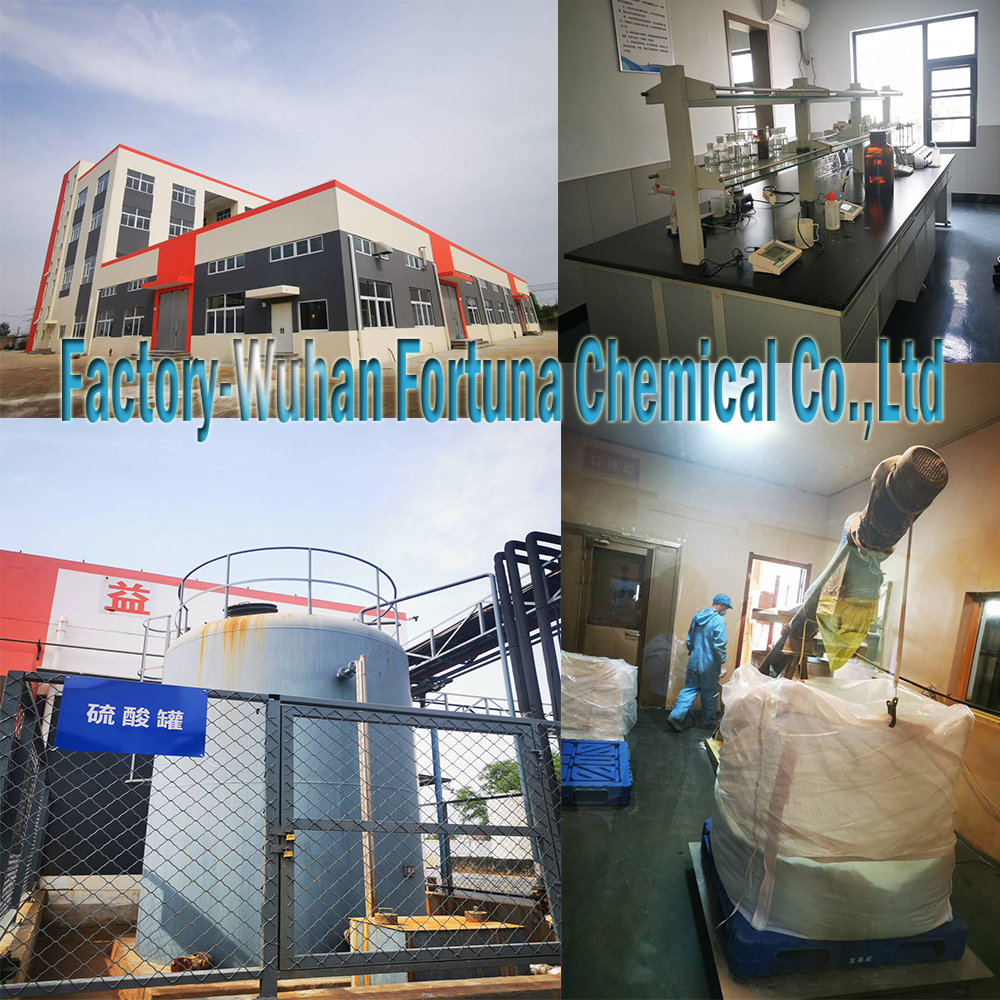

Fortunachem Provides Not Only Professional Chemical Products But Also Professional Help
Keeping you up-to-date with all the latest information, news, and events about Fortunachem!

Quick Links
Add:
E-mail:
 English
English  Español
Español  français
français  العربية
العربية 